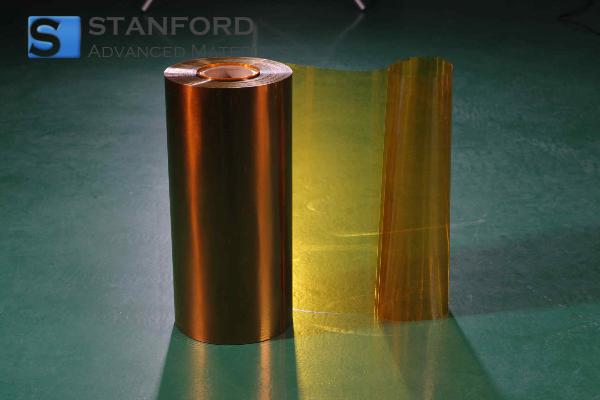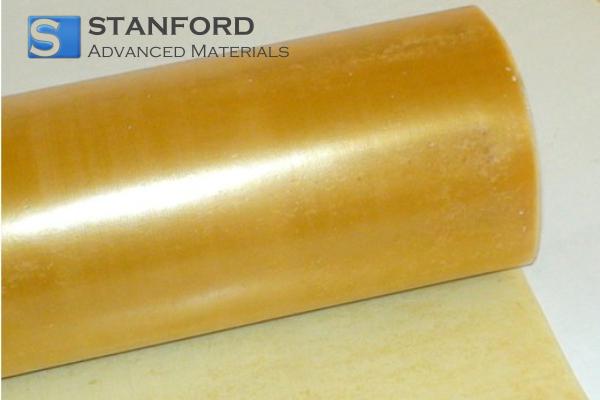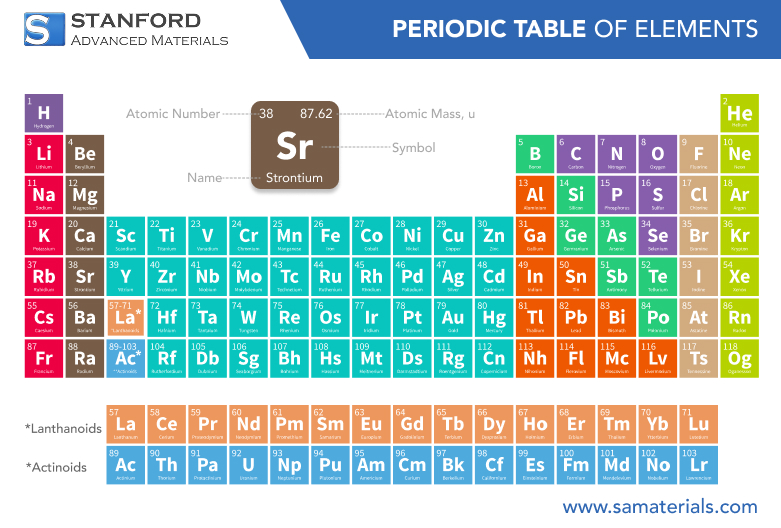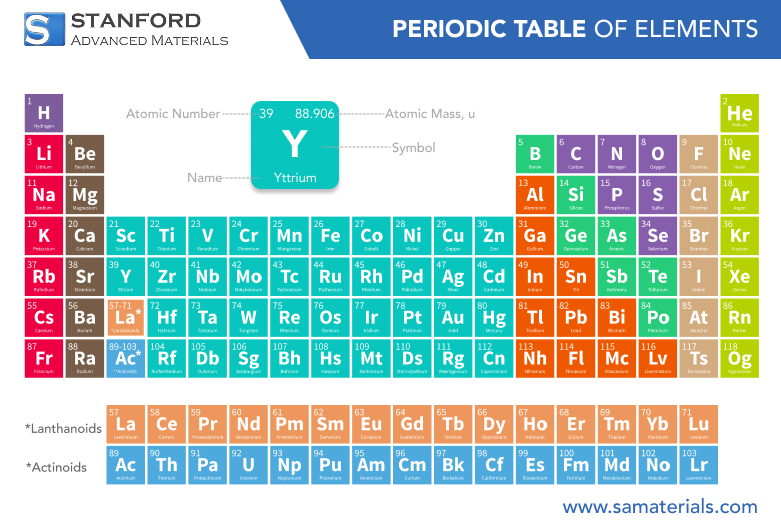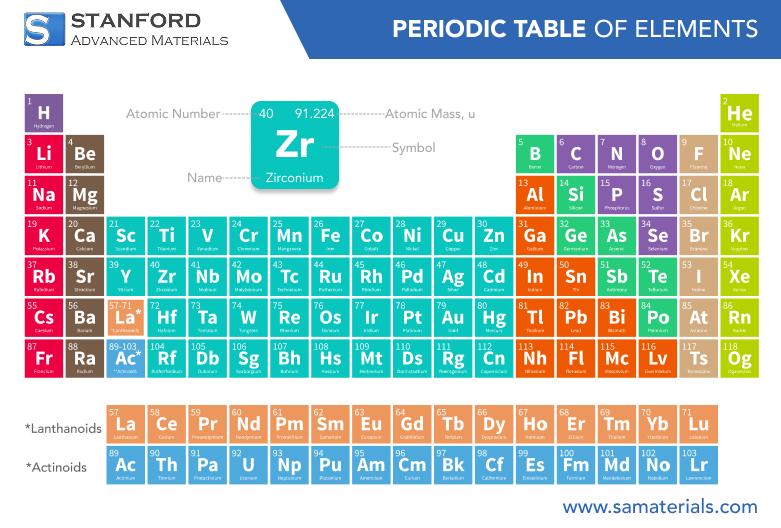Beryllium: Element Properties and Uses
Description
Beryllium is a lightweight, toxic element with a range of industrial uses. Its unique properties make it a critical material in various high-tech applications.
Introduction to the Element
Beryllium (Be) is a chemical element with atomic number 4 and is part of the alkaline earth metal group in the periodic table. This element is notable for its high melting point, low density, and excellent thermal stability. It is commonly found in the minerals beryl and chrysoberyl. Though it is rare in Earth's crust, it has several important uses in specialized industries.
Beryllium is highly toxic, and exposure can lead to a condition known as chronic beryllium disease, making its handling and use a regulated process in many countries.
Chemical Properties Description
Beryllium is a highly reactive element, especially when it is exposed to air. It forms a thin oxide layer on its surface that protects it from further oxidation. Beryllium reacts with water at high temperatures, but at room temperature, it is quite stable and does not react with water.
Beryllium has the following chemical characteristics:
- It readily forms compounds, such as beryllium oxide (BeO), which is a significant material in many industrial applications.
- It can form salts with various acids, such as beryllium chloride (BeCl2) and beryllium sulfate (BeSO4).
- Unlike other alkaline earth metals, beryllium does not react with hydrochloric acid at room temperature, making it unique among its group.
Physical Properties Data Table
Property | Value |
Atomic Number | 4 |
Density | 1.848 g/cm³ |
Melting Point | 1287°C (2349°F) |
Boiling Point | 2970°C (5360°F) |
Appearance | Metallic gray, shiny |
Electrical Conductivity | High |
Hardness | 5.5 (Mohs scale) |
For more information, please check Stanford Advanced Materials (SAM).
Common Uses
Beryllium has a variety of important industrial applications. Some of the most common uses include:
- Aerospace Industry: Beryllium is used in spacecraft and satellite components due to its light weight, strength, and resistance to high temperatures.
- Nuclear Industry: Beryllium is used as a neutron moderator in nuclear reactors. Its ability to reflect neutrons makes it a critical material in nuclear energy production.
- Electronics: Beryllium is used in the production of high-performance electrical contacts and switches because of its high conductivity and strength.
- X-ray Equipment: Due to its transparency to X-rays, beryllium is used in the construction of X-ray windows and other diagnostic tools.
- Military Applications: Beryllium is used in missile components and military-grade equipment due to its lightweight properties and strength.
Preparation Methods
Beryllium is primarily obtained from the mineral beryl (Be3Al2Si6O18), which is processed to extract beryllium. The typical method involves the following steps:
- Mining: The beryl is mined from underground deposits.
- Extraction: The beryl is then heated with sodium hydroxide (NaOH) to produce sodium beryllium aluminate, which is further processed to produce beryllium hydroxide.
- Reduction: The beryllium hydroxide is then reduced with magnesium metal at high temperatures to obtain pure beryllium metal.
The process of extracting beryllium is energy-intensive and requires careful handling due to the toxicity of beryllium compounds.
Related Industrial Products
Beryllium is used in the production of various industrial products, such as:
- Beryllium Copper Alloys: These alloys are known for their high strength, excellent corrosion resistance, and good electrical conductivity. They are used in electrical connectors, springs, and other high-performance parts.
- Beryllium Oxide: This ceramic material is used for its excellent electrical insulation properties and its high thermal conductivity in applications like heat sinks for high-powered electronics.
- Beryllium Glass: Beryllium is also used in the production of optical glasses and lenses, particularly for infrared applications.
Frequently Asked Questions
What is the main source of beryllium?
Beryllium is primarily extracted from beryl, a mineral that is abundant in some
parts of the world. It is also found in other minerals, such as chrysoberyl.
Why is beryllium considered toxic?
Beryllium dust or fumes are harmful when inhaled, leading to chronic beryllium
disease, a condition that affects the lungs. Proper safety measures are
necessary when handling the element.
What are the key properties of beryllium?
Beryllium is lightweight, has a high melting point, excellent thermal
conductivity, and is resistant to corrosion. However, it is brittle and toxic.
How is beryllium used in the aerospace industry?
Beryllium is used in aerospace components due to its light weight, high
strength, and ability to withstand extreme temperatures. It is especially
valuable in spacecraft and satellite technology.
Is beryllium used in nuclear reactors?
Yes, beryllium is used as a neutron moderator in nuclear reactors due to its
ability to reflect neutrons effectively, improving the efficiency of nuclear
reactions.

